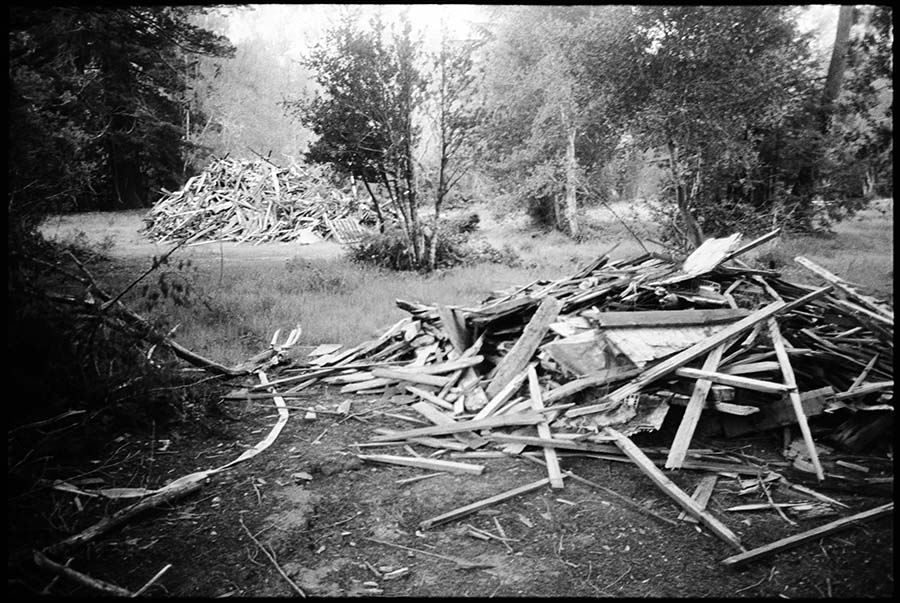The Salmon Protection and Watershed Network will restore floodplain and riparian habitat along one mile of creek in Jewell and Tocaloma in what it . . .
SPAWN readies for big Tocaloma restoration


The Salmon Protection and Watershed Network will restore floodplain and riparian habitat along one mile of creek in Jewell and Tocaloma in what it . . .